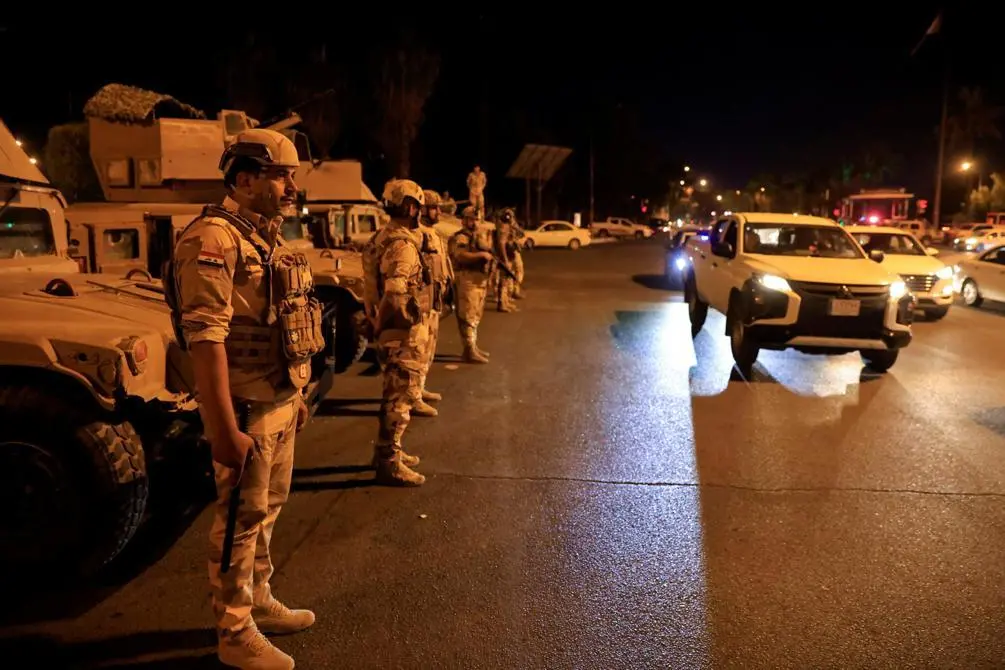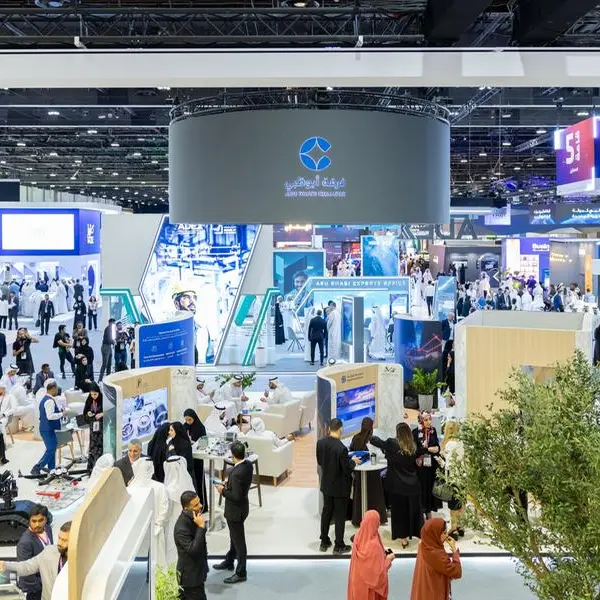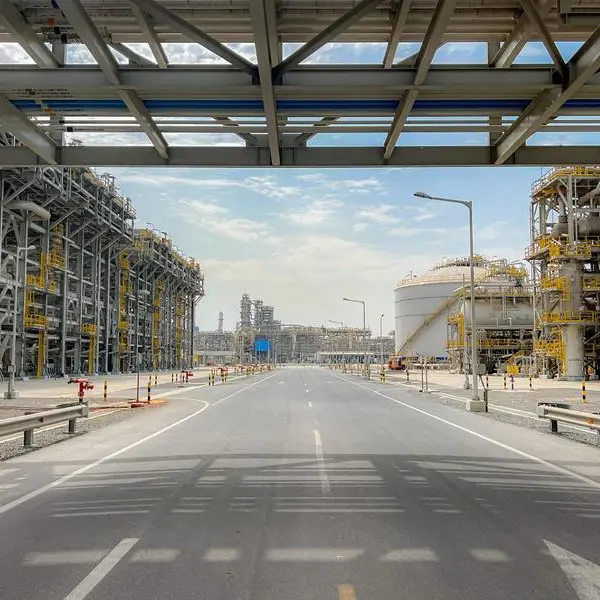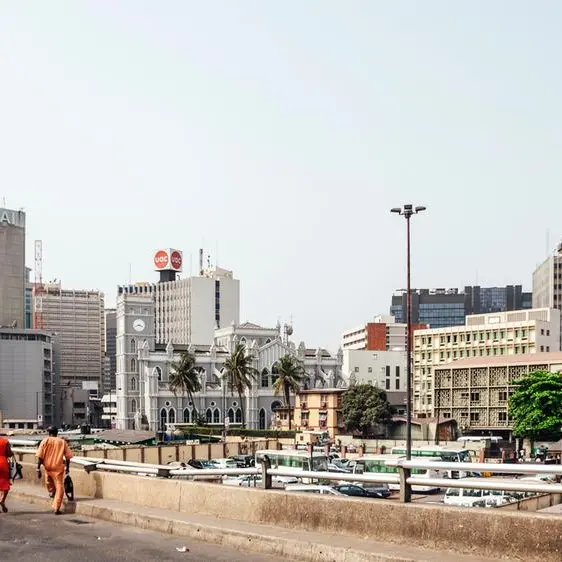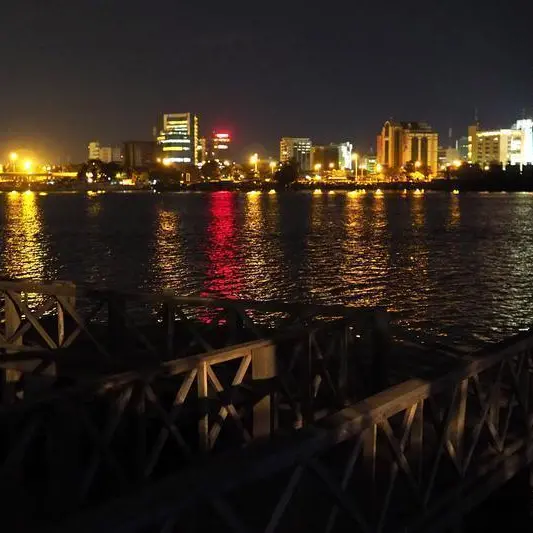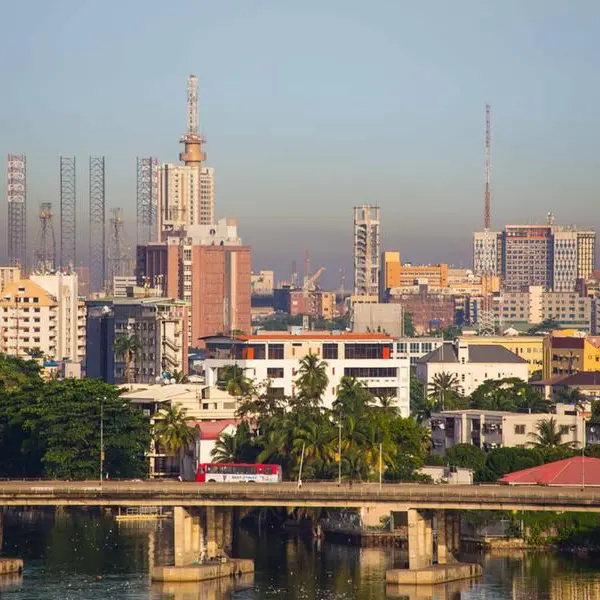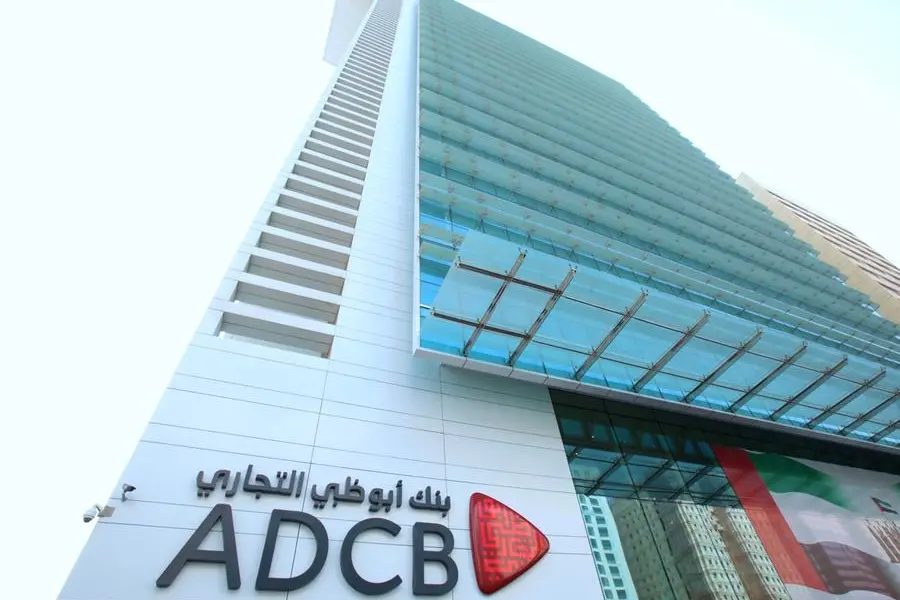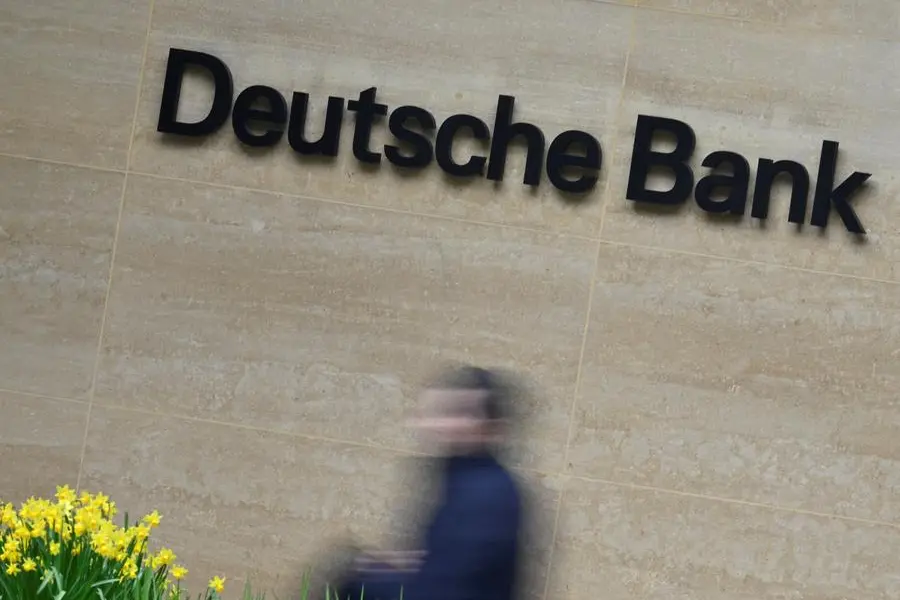PHOTO
Iraqi soldiers take part in an intensive security deployment following a drone attack on Prime Minister Mustafa al-Kadhimi's residence in Baghdad, Iraq, November 7, 2021. REUTERS/Thaier Al-Sudani
Daesh last month carried out an attack on a small village in Diyala, Iraq, killing 11 defenseless civilians. This is yet more proof of the inability of Iraq’s security forces to protect its citizens and, even more problematically, it entails that Daesh is anything but gone.
Over the past decade, several scholars have put forth arguments to examine the life cycle of violent extremist groups. They agree that terrorist groups come and go; they will exert their control for a few years, lose out, break into dormant cells, recruit, regroup, and come back in a different shape.
This life cycle is centered on a scramble for popular support between them and governments. At the peak of its control, Daesh recruited more than 40,000 foreign fighters from 120 countries. Such individuals were targeted through social media and face-to-face interactions, and many of them were disenfranchised with conditions in their own countries.
Unemployment, poverty, a lack of opportunities and social marginalization contributed to their decisions to join. Grievances were a main driver. Many of them were not necessarily indoctrinated, but child and adolescent recruits were.
Those who defected, in addition to those who were captured upon Daesh’s defeat, underwent certain rehabilitation and deradicalization programs, mostly in prisons in their native countries. Such programs are overly securitized and work on re-educating returnees with counternarratives. They are also mostly ineffective, as many of those who were captured still retain much of their radical ideology upon their graduation/release. These programs have existed for years, yet more people joined terrorist groups than for any of the previous waves of violent extremism.
Looking at the situation today, it is quite evident that socioeconomic conditions in the Middle East and North Africa are worse than they were in 2011. When evaluating MENA states’ ability to have a monopoly on the means of violence, composite data curated from the Global Peace Index, World Values Survey, Arab Barometer and Transparency International reveals an average score of 49.5 out of 100, whereby 100 means the states can fully protect people, such protection is entirely legitimate, and security spending is transparent.
As such, political and economic disenfranchisement, as well as apathy and social marginalization, are still persistent. Governments are unable to create jobs and the COVID-19 pandemic has been economically disastrous. Further, there are more armed conflicts than before. Power vacuums are still there. Released returnees are still indoctrinated and the formerly adolescent recruits are now vengeful.
Over the past decade, governments and international organizations have focused on countering violent extremism projects, as they reasoned they could not have anticipated such levels of recruitment. Today, the early warning signs are crystal clear; thus, their efforts ought to be centered on preventing violent extremism projects. Millions of dollars have been spent on countering violent extremism projects, yet the conditions are now ripe for a Daesh 2.0 that may be as destructive as its predecessor.
Our young people are more at risk of falling into the vicious hands of terrorist groups. With record high unemployment and rising drug addiction rates and suicide cases, governments and international organizations need to act pre-emptively. Youths in Iraq, Syria, Yemen and Sudan are particularly susceptible, given the security situation in these countries.
With the danger of another wave of terrorism in the region looming on the horizon, there must be comprehensive, holistic and consistent preventive strategies. These strategies ought to encompass non-security actors and they need to address the underlying causes contributing to the susceptibility of our youth. It is the responsibility of decision-makers to find whichever means necessary to address the issues of unemployment, political and economic disenfranchisement, and social marginalization.
We cannot ignore the clear signs pointing toward another catastrophic wave of terrorist activity in the region. It is imperative to intercept it before it starts. The Global Coalition Against Daesh was successful last time, but we cannot afford to hope for the same political will and the presence of adequate technical and financial capabilities this time around. Resources are better spent on prevention, while international cooperation is a must if we are to avoid an inherently international disaster.
- Mohammed Abu Dalhoum is the president of MENAACTION and a senior research analyst at NAMA Strategic Intelligence Solutions. Twitter: @mabudalhoum
Copyright: Arab News © 2021 All rights reserved. Provided by SyndiGate Media Inc. (Syndigate.info).
